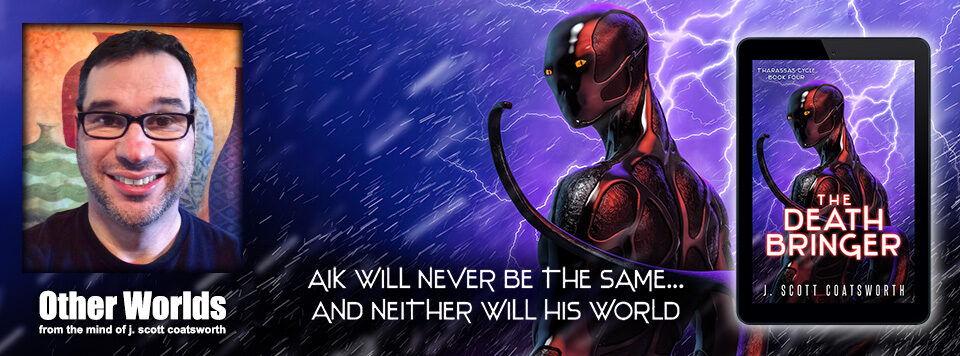
It’s an age-old debate. Plotter or pantser? Is one better than the other? Which one are you?
A plotter is someone who plans out their entire story in advance. Plotters are known for making extensive outlines, doing deep dives into internet searches to pull together all the materials they will need, and making sure all their i’s are dotted and t’s are crossed before writing a word of the actual story. They are perfectionists, lovers of story arcs marked with specific “beats” that they plan to hit at exact points of the narrative to ensure their characters and plots reach the right highs and lows at the perfect time. We all know people like this in real life—folks who organize their lives via spreadsheets and calendar apps, who love to go with the flow, as long as the flow starts at 5:01 PM and wraps up punctually at seven, and not a minute later.
A pantser, on the other hand, is the free spirit of writing. Pantsers eschew anything in the way of advance planning for their stories, beyond maybe a general idea of a plot or an image of a really cool character. Pantsers love to explore while they’re writing, and they don’t like to be told what to do. To your average pantser, creating an outline is torture. It means they’ve already written the story, and it dulls their sense of adventure. In the real world, these are your friends who will take off on vacation on a whim, who love spending the day (and often far into the night) exploring a new city without a map, and are always trying strange new things, like mixing salsa, vanilla ice cream and Circus Peanuts (the candy, not the actual nuts).
Yes, that’s a very specific example, and I did try it once. Spoilier alert, it was awful, but I’m not sorry.
So which should you be? Plotter or pantser? It comes down to personal preference.
When I first started writing, I was a total pantser. I’d just open a blank document and start typing, and then see where the writing winds led me.
But the winds of writing are a fickle thing. I ended up, more often than not, with a story only a few scenes long, and no idea where to take the story from there. To this day, I have a folder of what I now call “story starters”—never-finished pantser tales three or five pages long. I occasionally review them and choose one to pluck out and make a whole story of.
When pantsing failed me, I tried being a plotter. I wrote out a detailed outline for my story, hitting all of my desired plot points, right up to the beautifully crafted idea for the ending. And writing it felt like Groundhog Day, mirthlessly retracing the path I had already taken with my outline.
So I’d like to propose a third option—being at plantser.
Plantsing combines the best of both worlds. Basically, you create a very loose outline of where the story might go. I usually do this in a series of single lines in a Word document:
- Bartholomew the farmboy (we’ll call him Bart) wakes up to find that the world has changed, and that magic is suddenly everywhere.
- Bart’s sister Tessalia (we’ll call her Tess) discovers she has a special (and very particular) magical power – she can make cows appear wherever she wants to.
- Bart and Tess set out together to find the origin of their powers, and why Bart doesn’t seem to have one
- Bart and Tess meet a strange man on the way.
- Bart and Tess arrive in the newly magical city of Chicago, and run into many people who want to exploit her special power, including the head of Acme Meat Products.
- We find out that this is just before the fire that burned the city down, and Tess summons Mrs. O’Leary’s cow moments before it starts the deadly blaze, saving the city. And we finally discover Bart’s secret power, which is…
And yes, I’m aware that the whole “cow started the fire” thing was almost certainly a journalist’s invention. It’s fiction. Go with it.
And see what I did there, at the end? I left myself some wiggle room for my writer brain to play with. Maybe Bart can see the future, five minutes ahead of time, and he’s the one who tells Tess to move the cow. Or maybe I’ll come up with something better over the course of writing the story.
Overall, my outline is loose enough that it gives me some room to roam and explore while I’m writing.
What if they go on a side adventure that explains where their powers come from? What if the man turns out to be stage and screen actor Tim Curry, who has travelled back in time when everyone assumed he had just died? What if the fire happens anyway, because Tess teleports the wrong cow out of dear old Mrs. O’Leary’s barn?
My point here is that having a loose outline and a goal for the end of the story helps you keep moving forward without hitting that brick wall of “I have no idea where this is going.” It also makes it easy to follow your writer heart and make changes to the story on the fly, keeping the story fresh for you and your readers.
Does the writing take a sudden left turn? All you have to do is make a few changes to your loose outline, and boom, you’re moving again.
In the end, it’s up to you to decide which writing style serves you best. I know folks who thrive on building the world and figuring out the story in advance, and still have a blast writing it. And others for whom writing anything down in advance is a total anathema and stalls out their writer brain.
So give it a try, and see which one feels right to you. And just remember, there’s no right or wrong way to write.
